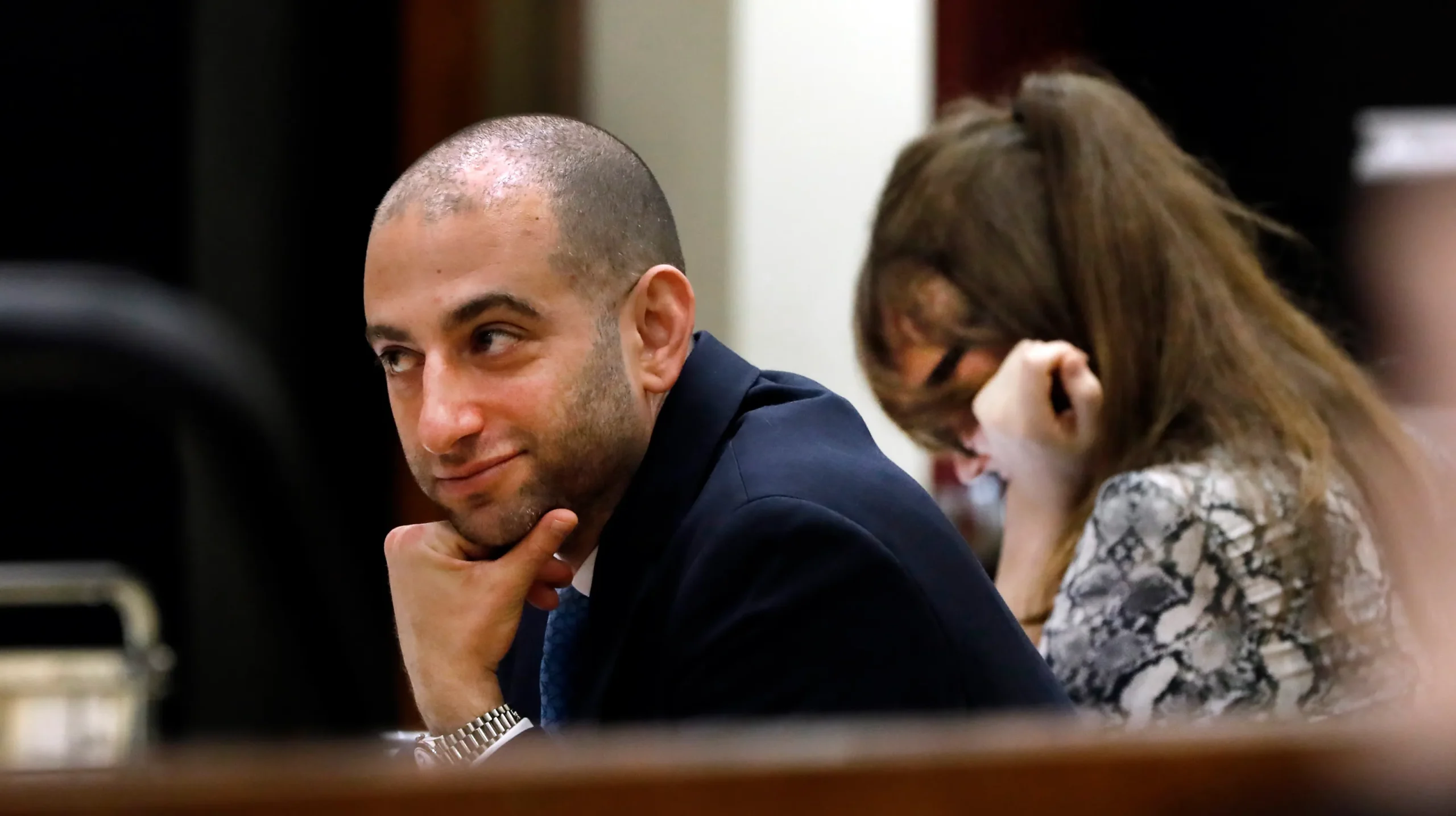Blog
Fighting Trafficking of Counterfeit Luxury Goods Charges in New York
Contents
Fighting Trafficking of Counterfeit Luxury Goods Charges in New York
The recent bust of a massive counterfeit luxury goods ring in New York City, resulting in over $1 billion worth of fake merchandise seized, has brought renewed attention to the issue of counterfeit trafficking. For those facing charges, the stakes are high and expert legal defense is crucial.
The Scale of Counterfeit Trafficking
Federal prosecutors called the recent New York counterfeit bust the “biggest-ever US seizure of fake designer handbags, shoes and other items.” Over $1 billion worth of luxury knockoffs were confiscated from storage units and other locations used by the suspected counterfeiters.The massive scale of global counterfeit trafficking is staggering – estimated to account for 7% of world trade annually, totaling around $600 billion. Everything from baby formula to pharmaceuticals is counterfeited. These black market operations are also tied to chilling secondary crimes like child labor, human trafficking, and funding terrorism.So while buying a fake Prada bag on Canal Street seems harmless on the surface, this seemingly victimless crime fuels sinister global enterprises. The recent NYC counterfeit bust reflects wider efforts to crack down on counterfeit rings and the associated criminal activity.
Going After the Source

In the case of the NYC counterfeit bust, rather than focusing on buyers or street-level sellers, federal authorities targeted the organization’s leadership:
Federal authorities in New York City have announced the largest U.S. seizure of counterfeit goods, consisting of handbags, shoes and other luxury merchandise valued at more than $1 billion. Two people were charged with trafficking the knockoffs from a New York City storage unit and other locations from January through October.
By building a case against the people organizing and supplying the operation, law enforcement aims to take down the whole infrastructure enabling mass production and distribution of counterfeits.
Defending Against Counterfeit Charges
For those accused of trafficking counterfeits, the charges can be serious, as the US Attorney’s office statement about the NYC case made clear:
The trafficking of counterfeit goods is anything but a victimless crime because it harms legitimate businesses, governments, and consumers. Today’s indictments show how seriously the NYPD and our federal partners take this offense.
Facing criminal counterfeiting charges means potentially serious penalties. So building an effective legal defense case is crucial.
Assessing the Strength of the Prosecution’s Case
The first step is examining the prosecution’s case. What evidence have they compiled? Do they have proof connecting the accused directly to production or distribution of counterfeits? Eyewitness testimony, surveillance, or possession of counterfeit merchandise could all be cited.Assessing holes or weaknesses in the prosecution’s arguments will inform the defense strategy. Perhaps the evidence is circumstantial, or doesn’t conclusively tie the defendant to criminal acts. Pointing out these gaps can undermine the case.
Arguing Lack of Criminal Intent
Proving criminal intent is also key in counterfeiting cases. Even if the accused possessed or sold counterfeits, did they knowingly traffic illegal goods, or were they unwitting accomplices?For example, someone buying designer goods wholesale could argue they thought the supplier was legitimate. Though they technically trafficked counterfeits, without criminal intent, charges may not stick.
Sentencing Considerations
If found guilty, the next vital step is negotiating sentencing. The defense lawyer’s role is pushing for the lightest punishment, emphasizing mitigating factors like:
- Minimal criminal history
- Cooperation with prosecutors
- Limited role in the operation
- Remorse and willingness to change
Sentencing is also an opportunity to present the accused’s overall life circumstances positively. Judges have latitude in sentencing, so highlighting redeeming qualities, close family ties, mental health struggles, or potential for rehabilitation can significantly impact decisions.
The Societal Costs of Counterfeiting
While seizing over $1 billion in fake luxury goods makes headlines, the wider societal costs of counterfeit trafficking often get overlooked in the excitement.The global counterfeit industry robs companies of over $600 billion in revenue annually and is estimated to cost 750,000 American jobs. Less profitably companies mean fewer resources to invest in innovation and job creation.There are also the direct costs to consumers. Knockoff pharmaceuticals can be unsafe, counterfeit baby formula lacks nutrients, and even fake luxury bags use toxic dyes and materials. Off-brand Apple chargers are a notorious fire hazard.And as mentioned earlier, counterfeit networks have close ties to chilling forms of exploitation like child labor and human trafficking. They fund organized crime and terrorism.So when we celebrate massive counterfeit seizures, it’s important to remember the immense harm done by this “victimless” black market industry. Shutting down counterfeit pipelines protects public health, safety, jobs and innovation.
Resources
Articles:
- US Makes Biggest Seizure of Knock-Off Luxury Items at $1 Billion
- The Fight Against Fakes
- 2 men charged with trafficking $1 billion of counterfeit goods
- Largest-Ever Counterfeit Goods Seizures Result In Trafficking Charges
Videos:
Further Reading:
- A Simple Plan to Stop Counterfeit Products Online
- Comprehensive Assessment of Counterfeit Medicines Traffic
I aimed to provide an informative overview of the recent NYC counterfeit bust, the wider context around counterfeit trafficking, defending against criminal charges, and the societal impacts – with multimedia resources for further learning. Let me know if you need any clarification or have additional questions!







